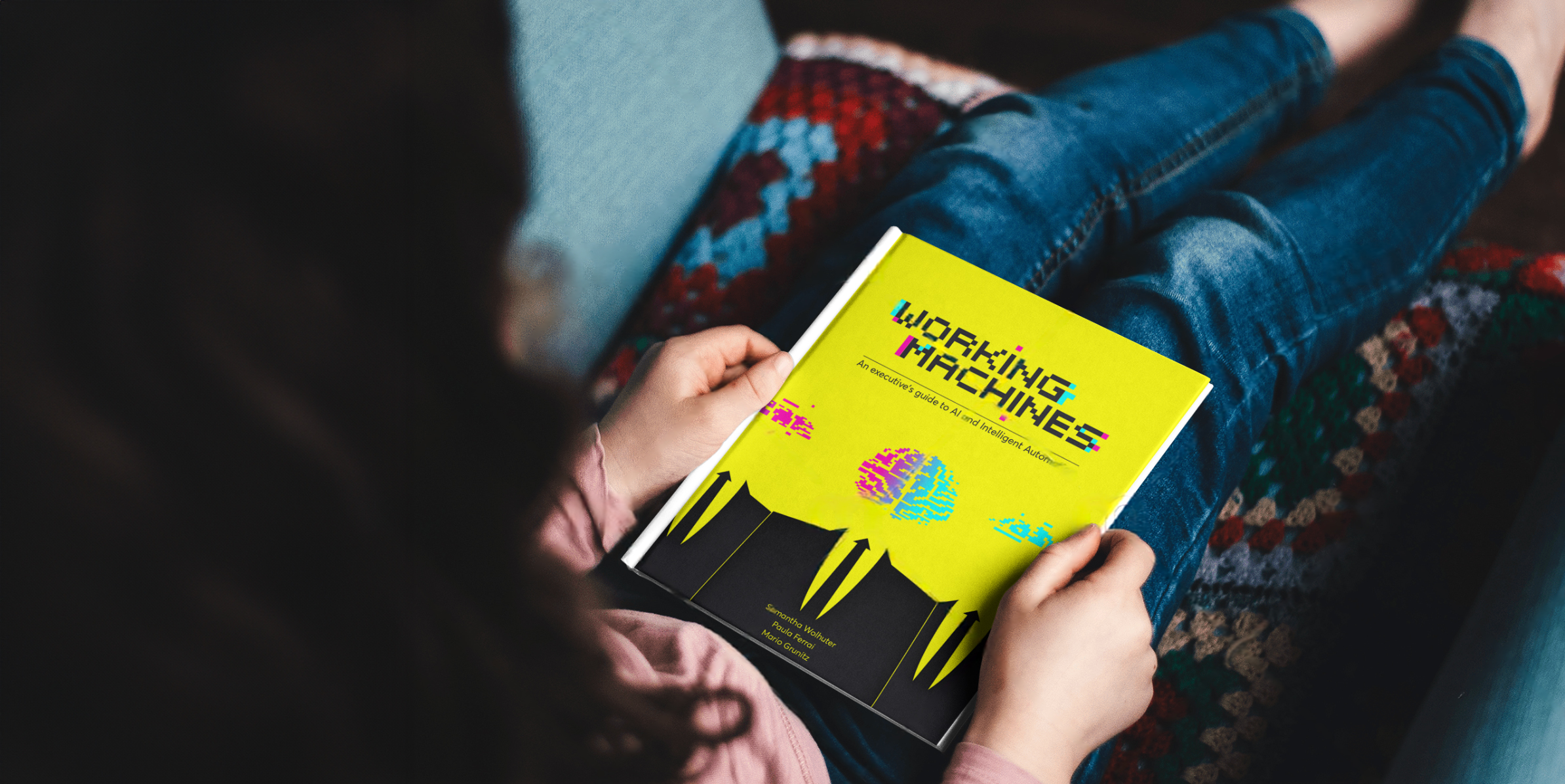
AI has transformative power and over the last year we have looked at the ways it has been disrupting different industries. While machine learning and RPA seemed like a good fit for the banking and accounting arenas, the creative industry has undergone a remarkable transformation. Recent research shows that 83% of creative professionals now use generative AI in their workflows, with 26% of creative tasks now augmented by AI assistance.
Ad agencies and digital marketing firms are being forced to embrace new AI trends if they’re determined to not be left behind. So what are these trends? Is AI making marketing and branding efforts more effective?
There’s a new designer in town
The creative landscape has evolved dramatically since then, with generative AI tools becoming integral to professional design workflows.
Visual effects (VFX) and animation have been revolutionised: generative models like DALL·E 3, Midjourney, and Stable Diffusion are used to create concept art, backgrounds, and photorealistic CGI characters from text prompts. This can significantly cut down design time. By 2025, these tools are more refined — artists use AI to quickly iterate on ideas, then polish the results, combining human creativity with machine speed.
Gaming is another area where AI transformation is evident: game studios use AI to generate dialogue for non-player characters (NPCs), create dynamic storylines that adapt to player choices, and even generate game levels or assets on the fly. Some cutting-edge games feature AI-driven characters that can converse with players in open-ended ways, making gameplay more immersive.
The capacity machines have to generate creative content should not be a cause for concern for designers, but rather something that creates great excitement. Modern AI systems enable what industry leaders call “augmented intelligence” rather than replacement — freeing creative professionals to focus on higher-level strategic and conceptual work.
An exceptional marketing campaign for Nutella was brought to life by AI when their agency used AI’s ability to decipher, generate and print unique images. The result was 7 million unique jar designs. The campaign and the packaging were so successful it resulted in over 10,000 consumer videos and with all jars selling out entirely within 30 days — demonstrating the commercial viability of AI-generated creative content.
Put your creative on blast
With AI’s predictive ability, many agencies are also using it to work out what layouts, image-text ratios and keywords drive optimal engagement by inputting mass amounts of campaign performance data. It takes the guesswork and human bias out of what works and what doesn’t. AI tools can now assist in tasks like data analysis, content generation, and automated formatting, enabling professionals to produce higher volumes of quality documents in less time.
Modern generative AI systems excel at analysing vast datasets of consumer interactions, customer inquiries in multiple languages, social media activity, and purchasing habits. AI algorithms can identify patterns and trends, allowing marketers to gain valuable insights into what drives consumer choices. This data-driven approach empowers marketers to fine-tune their strategies, optimise campaigns, and create more engaging content that resonates with their target audience.
This may make a designer feel like they’re painting by numbers, but it’s important to note that AI has shown that there are several answers for x if X + AI = Great Advertising. Current implementations demonstrate that AI enhances rather than constrains creativity, providing data-driven insights that inform rather than dictate creative decisions.
Amplify and optimise
From paid media, websites, up to sales optimisation, AI has the ability to enhance performance across all channels. With paid media, AI has the capacity to calculate an exceptionally higher number of data points than any human can, which in turn helps agencies improve their ad strategies.
Current market data shows that 71% of organisations now regularly use generative AI in at least one business function, with marketing and sales being among the most common application areas. This widespread adoption indicates that AI-powered optimisation is becoming standard practice rather than experimental technology.
AI can also be used to automate site optimisation by analysing usage trends on user behaviour which then allows designers and web developers to adapt landing pages to ensure better user experiences while also driving conversion and sales. AI analytics tools process market data faster and more accurately than humans, spotting trends and predicting behaviour with superior precision, enabling real-time campaign adjustments and performance improvements.
AI as a product
The use of AI has also begun to go beyond a simple function to a service offering with agencies creating dedicated AI teams to assist clients with transforming their brand strategy to involve AI solutions that further their customer experience.
AI chatbots now save businesses USD 8 billion annually through improved customer service efficiency. These sophisticated systems can handle millions of customer interactions with minimal human oversight, representing a fundamental shift in how businesses manage customer relationships.
Modern AI platforms enable brands to engage with their customer base through personalised messaging that adapts to individual customer preferences, purchase history, and behavioural patterns. IBM’s AskHR handles 11.5 million interactions annually with minimal human oversight, demonstrating the scale at which AI can manage customer communications.
Advanced conversational AI systems now offer features like sentiment analysis, predictive customer service, and automated escalation protocols that ensure complex issues reach human agents while routine inquiries are resolved instantly and accurately.
The jobs you do
As for how we use AI evolves, so do the roles that make use of AI change and develop. This means going into the future, instead of killing jobs, AI will create new jobs in the creative and marketing fields. From learning skills like augmented reality design to managing robotic production, through the line advertising jobs will be transformed to become much more exciting.
Recent research indicates that 350,000 new AI-related positions are emerging, including roles such as prompt engineers, human-AI collaboration specialists, and AI ethics officers. However, 77% of new AI jobs require master’s degrees, creating substantial skills gaps that the creative industry must address through targeted training and development programmes.
The intent of AI creators is to free up our time to be more creative and strategic. Our limit for creative development will only stop short of where we let our imagination go. Project management and UX design are among the most recommended upskilling paths for workers in 2025, whilst lifelong learning and upskilling are now a top priority for 75% of employers.
Future outlook
Whether you buy into the term Augmented Intelligence or not, AI is already disrupting the agency realm in a big way. Which means advertisers and creators are just at the starting point of revolutionising how we engage with brands and consume content.
As you might remember, in the early 2000s, there was a shift in advertising, where consumers were no longer happy being spoken at but began demanding real engagement with their favourite brands. With the proliferation of AI, it will be interesting to see how this will change consumer behaviour and their collective expectations of brands.
The evidence suggests we’re entering an era where creative work becomes more strategic and conceptual, with AI handling the repetitive and data-intensive tasks. This shift promises to unlock new levels of creativity and innovation in the agency world, provided that creative professionals embrace the technology as a collaborative tool rather than viewing it as a threat.
